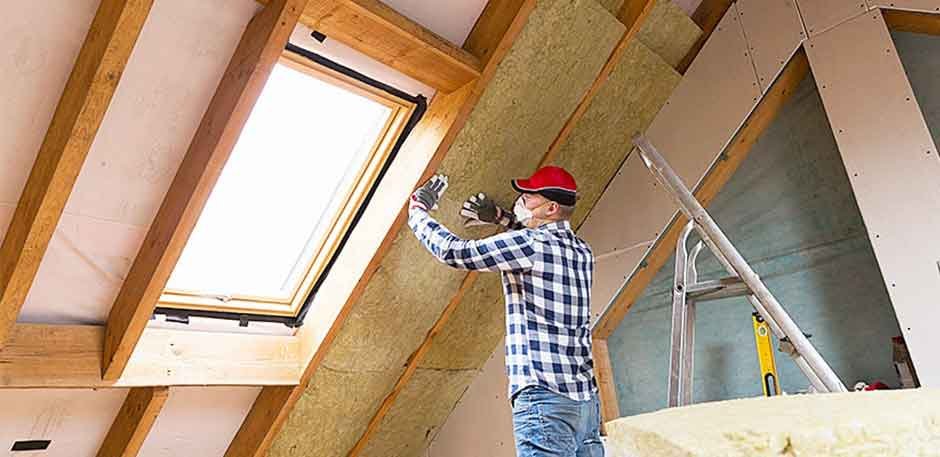New roofs and insulations go hand in hand. Most homeowners want to know if they should put their new attic insulation project off until the new roof project starts. The answer is NO. Austin Texas’s top source for spray foam insulation notes that homeowners should not put off the advantages of a healthier and more comfortable indoor space while waiting for new roofs.
However, if you’re planning an immediate roof replacement, it may be a great time to examine your existing attic insulation and decide on replacing them.
Reasons to Combine Attic Insulation and Roofing Project
Choosing the most cost-effective way to save money as a homeowner can significantly improve your finances. In most cases, pairing projects is an excellent way to save costs and improve indoor comfort. Below are some reasons you should consider combining attic insulation with your roofing project.
Better Deals on Project Cost
Stacking your home improvement project is a great way to save costs and improve your home’s value. While you shouldn’t wait to improve indoor comfort and energy efficiency by delaying an attic insulation project, you can pair it with a roofing project for the most outcome.
Pairing both projects helps save time and money, especially as skilled contractors are already present to inspect the roof and insulation, design a quote for the project, and arrange the necessary supplies.
Combining the separate projects, you’ll be killing two birds with one stone. You can also score some cost-saving deals from the contractor in the process.
Less Noise and Intrusion
Attic insulation and roofing services can affect your daily schedule. Combining both projects helps reduce the noise and intrusion suffered. You can effectively get both projects done simultaneously, save money, and regain control of your space in little to no time.
Your neighbors will also thank you for it.
Attic Problems Are More Likely to Be Discovered
One of the biggest benefits of combining your attic insulation with your new roofing project is the clarity it offers. Your contractor can detect existing attic problems affecting your ventilation and insulation. They may also detect common issues like mold and mildew that can affect the new roof, your home’s health, as well as the inhabitants.
By combining both projects, you can address the problem once, ensuring that the affected roofing materials and insulations are removed and the area treated against further spread.
Expose Potential Problems and Fix Them
Having your roofing and attic insulation contractors working simultaneously can be a great benefit to you as a homeowner. The roofer can point potential problems to the insulation contractor and vice versa. Such collaborative work results in a better roof with improved indoor air quality and energy efficiency.
The combined work of both professionals can ultimately save you a lot of money in energy costs over the coming years.
Address Inseparable Roof and Insulation Problem
Sometimes your roof and insulation are inseparable. This is common in homes where rigid foam insulation panels have been installed. Addressing both issues concurrently means you won’t have to go without insulation for weeks or suffer roofing problems continuously.
Choosing The Right Type of Insulation
Planning a combined roof replacement and insulation replacement project? You’re on the path to saving more money in project costs and energy bills. However, you can save a lot more money when you choose the right type of insulation for your home.
Below are the three main types of attic insulation to consider;
Batts: This insulation material is available in large pieces and made from cotton or fiberglass. They offer improved insulation advantages along the outer edges of the roof or attic. If not properly installed, it can leave a lot of gaps which may affect your indoor energy efficiency.
Blown-in: Blown-in insulations are made from cellulose or fiberglass. They do a great job filling holes, cracks, and crevices in the attic floor. This type of insulation offers a complete layer of protection throughout the attic and can help to save energy costs with improved energy use efficiency.
Spray Foam: Spray foam insulation is applied on the underside of the roof as opposed to the attic floor – as in the case of the blown-in insulation. This installation effectively opens up the attic space, allowing it to be used as extra storage in the home. Although you’ll be getting more space, your attic insulation may become complicated – requiring fans and ventilators to keep the attic at optimal humidity level.
Getting the best out of your insulation requires working with the best insulation contractor. Start by hiring the right contractor.



